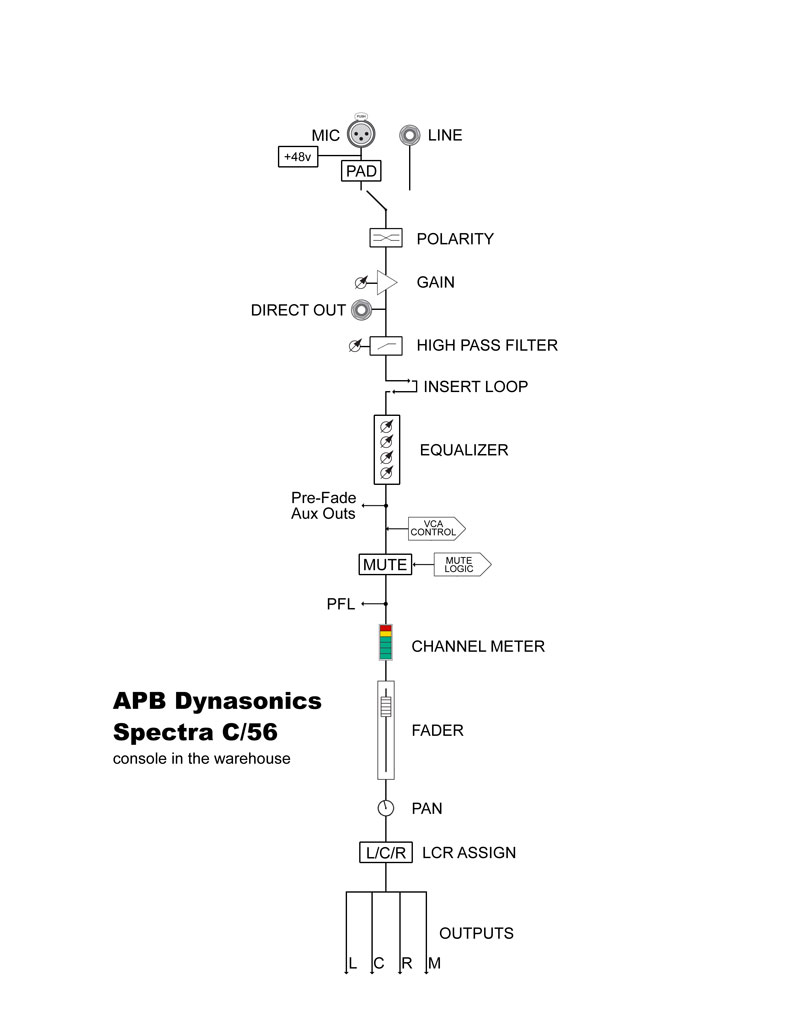

Not high enough may result in the sound being uncomfortably loud for the front row.įor our purposes, I suggest setting the tops at shoulder to head level, about 5 to 6 feet from the floor. If it is too high, there will be a loss of impact in the front. The higher the speaker, the farther the sound will travel. There are many ways to configure a system, in terms of height and whether ground-stacking, speaker stands, scaffolding, or trussing should be implemented as a way to get the speaker high enough to offer extended coverage. The vertical dispersion will determine how high the full-range tops will need to be to provide proper sound coverage for the audience. The trapezoidal design allows for easy placement of the speakers, as they can be placed together in tight-knit group or array, which allows for coupling with reduced interference between speakers. Many speakers are designed to couple by utilizing a trapezoidal enclosure, versus a square or rectangular enclosure. The goal is to offer coverage to the entire audience, while directing the sound off the walls. For instance, a speaker with a 60-degree horizontal dispersion might work well for a narrow room, while adding an additional speaker could increase the dispersion to 120. This is incredibly useful for determining the placement of speakers, as you can direct the sound away from boundaries, such as walls and ceilings. Sound Pressure Level to Decibels Distanceĭispersion is the way the sound is projected horizontally and vertically from the speaker. If a speaker has a peak output of 135, by adding another speaker the output would increase to 138 dB. Another consideration is that doubling up on the speakers will result in a +3 dB increase. By doubling the distance to 4m, the speaker would output 123 dB and so on. If a speaker were capable of 135 dB at 1m, then 2m would have an SPL of 129 dB. Sound pressure levels (SPL) will attenuate by 6 dB with the doubling of the distance. This is a good indication of how the speaker performs, dynamically. The peak is how loud the speaker is on loud transients, while continuous output is the average loudness. Most spec sheets will show Peak and Continuous outputs.

The sound pressure level of a speaker will determine how loud a speaker is at a given distance (typically 1 meter).
Audio signal path church sound full#
A subwoofer extends the frequency response down to 45 Hz or lower and will allow the full-range speakers additional headroom and increased output.įrequency Spectrum for Full Range Tops and Subwoofer For rock, metal, pop, hip hop, EDM, etc., you will want a subwoofer. If you are using passive speakers, then you’ll need to know the wattage and impedance (ohms resistance).Ī full-range speaker with a frequency response of 60 Hz to 18 kHz may be fine for many genres of music, such as country, folk, or folk-rock, where the kick drum and bass don’t need additional punch. The most important specs to know are the frequency response, SPL output, and dispersion. When choosing a speaker, you’ll want to consult the specification sheet, which should be readily available from most reputable manufacturers. Always listen to the speakers before buying, as not all of them are made equal. Start by figuring out what you can afford and then determine what sounds best to you within that price range. You want to get the best speakers your budget will allow. There are some things to consider regarding the shape of the room and how the speakers will interact with boundaries, such as the walls, the ceiling, and the floor. Your choice of speakers should be based on coverage requirements and the size of the venue.


 0 kommentar(er)
0 kommentar(er)
